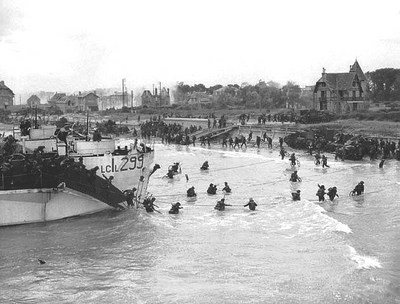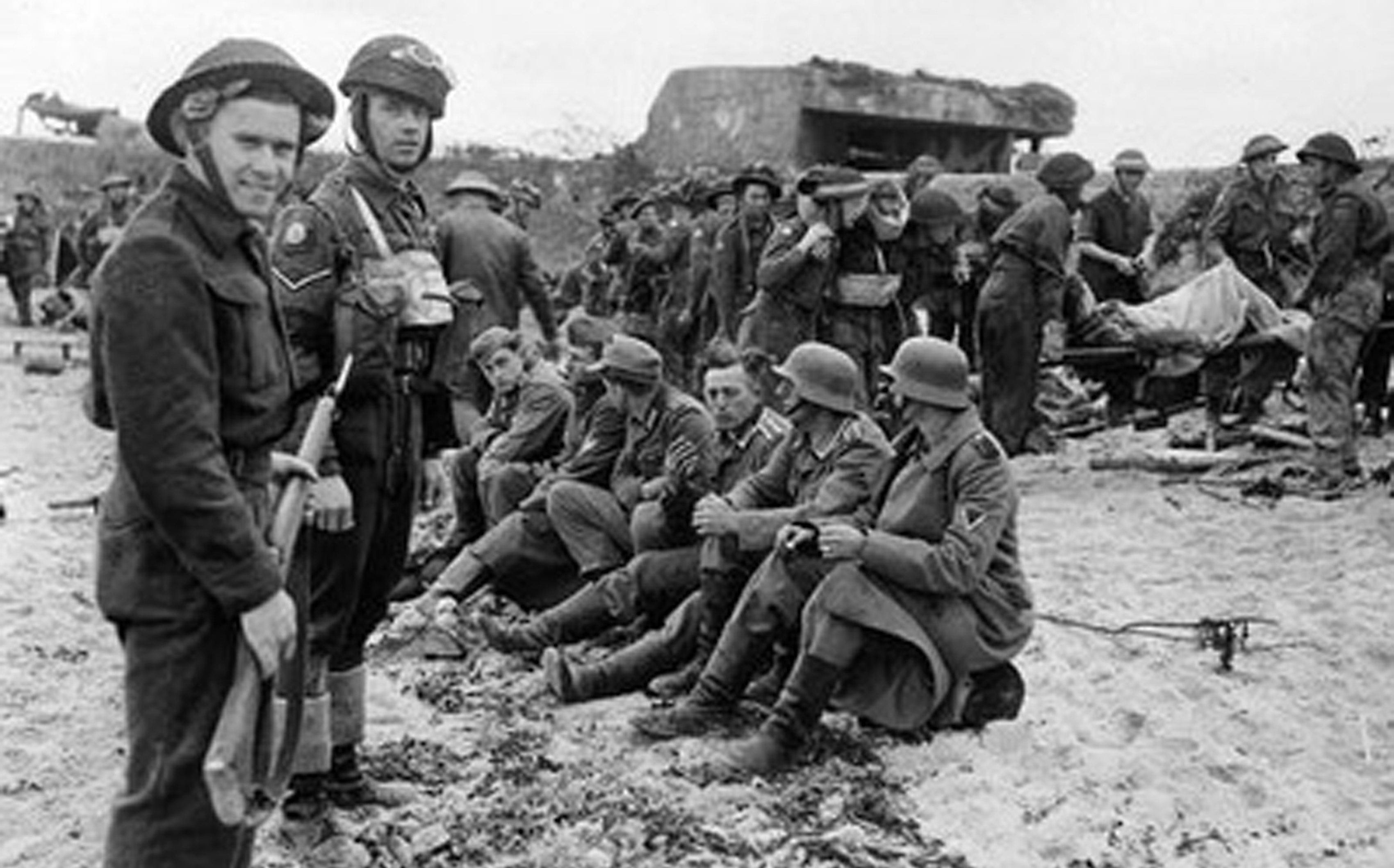WELLINGTON COUNTY – About 155,000 soldiers, 5,000 ships, 50,000 vehicles and 11,000 planes participated in the Second World War Normandy landings on June 6, 1944.
The D-Day campaign, the largest single-day amphibious military invasion of all time, took place along an 80-kilometre stretch of the coast of the occupied French region.
Allied forces were divided between five beaches: Utah, Omaha, Gold, Juno and Sword.
The Allied landings in Normandy, also known as Operation Overlord, remain one of the most significant events in Canadian military history.
About 15,000 Canadian soldiers landed on the morning of June 6, as part of the 3rd Canadian Infantry Division or the 2nd Canadian Armoured Brigade, which were assigned the task of taking Juno beach.
Another 450 Canadians dropped behind enemy lines by parachute or glider while it was still dark.
The Royal Canadian Navy supplied ships and about 10,000 sailors, and the Royal Canadian Air Force also supported the invasion with Lancaster bombers and Spitfire fighter planes.
Preparing for battle
The Canadian failure at Dieppe on Aug. 19, 1942 no doubt helped shape and influence Allied plans for the Normandy invasion.
Months of planning went into the June 6 operation, which had the ultimate objective of securing the city of Caen, from which Allied forces could launch a second front in western Europe – long regarded by various military leaders as a key to the ultimate downfall of Nazi Germany.
The logistics of such a large-scale, simultaneous attack using the forces of three nations – Canada, the United States and Britain – required in-depth training exercises and equipment mobilization on a scale likely never before seen.
The 3rd Canadian Infantry Division and the 2nd Canadian Armoured Brigade alone completed almost a year of special assault and combined operations training solely for D-Day.
Training exercises themselves were not without risks. On April 28, 1944, on the English coast, 638 American soldiers and sailors were killed when German forces surprised one of the landing exercises.
In the months leading up to D-Day, the Allies also tried to mislead the Germans regarding the date and place of the invasion.
Some of the more unusual Allied preparations included the adaptation of armoured vehicles especially for the D-Day assault. Those included tanks that specialized in “swimming,” bridge laying, flame throwing, road laying, mine clearing and destroying concrete emplacements.
The invasion
Despite the activity and even several Allied “leaks,” the Normandy invasion, which began at around 6am on June 6, 1944, largely caught German forces by surprise.
Canadian soldiers landing on Juno Beach had to overcome a seawall twice the height of the one at Omaha Beach, as well as bombardment from 155mm and 75mm guns, and machine-guns.

The 9th Canadian Infantry Brigade lands on Juno Beach on D-Day. Department of National Defence/National Archives of Canada photos
It’s estimated the first wave of Canadians suffered 50% casualties, second highest of the five D-Day beaches. Yet the Canadians steadily advanced and within hours had cleared the beach and were headed inland.
In fact, Canadian units advanced farther inland than any other Allied troops and were the only ones to complete all their D-Day objectives, though many ultimately fell back to strengthen defensive positions.
Canadian casualties on June 6 at Juno Beach included 340 killed, 574 wounded and 47 taken prisoner. During the first six days of the Normandy campaign, 1,017 Canadians died.
Canadians went on to play an important role in subsequent fighting in Normandy, with the 2nd Canadian Infantry Division coming ashore in July and the 4th Canadian Armoured Division in August.
By the end of the Normandy campaign, which lasted two and a half months, over 5,000 Canadians had been killed (5,400 Canadians are buried in Normandy).
Canadian casualties totalled more than 18,000, while Allied casualties totalled 210,000 and German casualties were 450,000.
The Normandy campaign was a crucial moment for the Allies in WWII, as it solidified for them a foothold in Europe and stretched out German defences.
The Allies were already making important advances elsewhere, but D-Day undoubtedly helped expedite Germany’s surrender, which came on May 8, 1945.
The Canadian successes – first at Juno Beach and then farther inland in subsequent months – solidified their reputation as excellent soldiers. The D-Day success also helped boost morale both within the military and at home.
In 2003 the Juno Beach Centre at Courseulles-sur-Mer was officially opened to help recognize the sacrifice of Canadians who fought in Normandy and the surrounding area during WWII.
– With files from the Department of National Defence website (forces.gc.ca).



